Embarking on a family camping adventure is a thrilling prospect, but the key to a successful outdoor experience lies in the tent that becomes your home away from home. As the market overflows with a myriad of options, from ultralight backpacking tents to spacious family-sized shelters, the question that often perplexes campers is, “How do I choose the right family camping tent, and I should take those factors into consideration when choosing a tent?”
In conclusion, for families of three going on a trip, choosing a tent with a waterproof index of 3000MM or above, sun protection index of UPF50+, a width between 180-220cm, and a length between 200-220cm would suffice for most non-extreme scenarios, providing ample space for overnight stays without feeling cramped. The tent height should be balanced based on portability and space requirements.
This article will tell you from the perspective of a novice camper why you choose this option.
Table of Contents
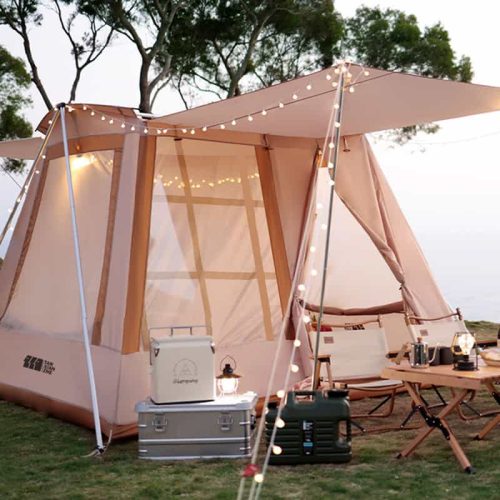
1.How to determine the right tent size?
The width of a tent is typically determined by factors such as shoulder width and sitting height. In general, men have a shoulder width of around 44cm, while women have a shoulder width of about 40cm. The sitting height for men is approximately 90.8cm, and for women, it is around 85.5cm. For optimal comfort when resting, a tent width that is 2.5 times the shoulder width is recommended. However, when it comes to outdoor tents, considerations such as weight and portability are crucial, unless traveling by car where such concerns may be less relevant.
For outdoor tents, ensuring the ability to turn comfortably inside a sleeping bag without compromising on weight and portability is a key consideration. A width of 60cm is almost a limit in this regard. Most tents have sloping side walls rather than vertical ones, although some designs feature nearly vertical side walls, such as tunnel tents. To prevent the body from pressing against the side walls, a width of 80cm is required. Therefore, a reasonably comfortable single-person tent should have a bottom width between 80-90cm. For two-person tents, where shared space is available, a width between 120-140cm is suitable. Three-person tents require a size of 180-220cm.
In summary, achieving a balance between comfort and practicality in tent design involves considering the user’s dimensions, sleeping habits, and the intended use of the tent, with widths ranging from 80-90cm for singles, 120-140cm for doubles, and 180-220cm for three-person tents.
The length of a tent is not only determined by the user’s height but also takes into account camping equipment or backpack dimensions. Considering these factors, a reasonable range for tent length is between 200-220cm. This ensures that the tent accommodates both the occupant’s height and provides sufficient space for camping gear or backpacks.
The height of a tent is a parameter that requires careful consideration and trade-offs. In general, a higher inner tent implies a larger living space but also means a compromise in wind resistance and an overall increase in weight. However, if a tent cannot provide sufficient space for sitting up and dressing, it becomes uncomfortably restrictive.
Simultaneously, due to structural differences, a dome-style tent with a height of 100cm can create a comfortable atmosphere, while in tunnel or ridgeline tents, this height may still feel confining. Clever tent designs often incorporate a versatile support beam near the head area to ensure ample headroom when sitting up. This design element aims to prevent the sensation of the head being enclosed within the inner tent.
In summary, tent height involves a delicate balance, with considerations for activity space, wind resistance, and weight. While a taller tent provides more living space, it may compromise on wind resistance and add to overall weight. Clever design solutions, such as strategic support beams, are often implemented to ensure comfortable headroom when sitting up, addressing the challenge of balancing these factors.
The actual usable space inside a tent is determined by its design. Some ingeniously designed tents employ a technique where the tent’s bottom edge is pulled vertically to the ground, maximizing space without adding extra weight. This design approach is aimed at optimizing interior space within the constraints of the tent’s weight.
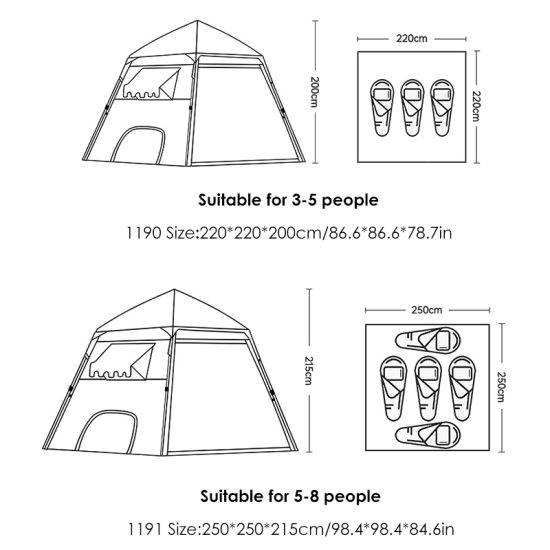
2.How to choose a camping tent style ?
In the preceding text, various tent styles were mentioned. Now, I will provide a detailed explanation of popular tent styles.
1. Dome Tent
Advantages: Dome tents, with their characteristic curved structure, stand as a testament to simplicity and functionality. They are lauded for their quick setup, excellent wind resistance, and efficient rain runoff. Backpackers and solo adventurers appreciate their lightweight design, making them an excellent choice for those on the move.
Disadvantages: Despite their stability, dome tents may not provide as much headroom, limiting their suitability for larger groups or extended stays.
2. Cabin Tents
Advantages: Cabin tents redefine camping luxury with their near-vertical walls and spacious interiors. Perfect for family outings, these tents offer generous headroom and multiple rooms, providing a home-like feel in the wilderness. Large windows enhance ventilation and bring the outdoors inside.
Disadvantages: The abundance of space comes at a cost – cabin tents can be bulkier and heavier, making them less convenient for backcountry adventures.
3. Geodesic Tents
Advantages: Geodesic tents, engineered with an intricate network of interconnected poles, are the epitome of stability. Ideal for extreme weather conditions, they excel in high winds and heavy snow, making them a top choice for mountaineers and winter campers.
Disadvantages: The advanced engineering of geodesic tents can result in a longer setup time and may be overkill for casual campers in milder climates.
4. Tunnel Tents
Advantages: Tunnel tents, shaped like elongated cylinders, prioritize space efficiency. With a streamlined design, they offer ample headroom and storage space. Their aerodynamic shape enhances wind resistance, making them suitable for various environments.
Disadvantages: While efficient in terms of space, tunnel tents may not provide as much stability as dome or geodesic tents, especially in severe weather conditions.
5. Pop-Up Tents
Advantages: Pop-up tents live up to their name by effortlessly springing into shape upon release. Perfect for those seeking instant shelter, they are a favorite among festival-goers and casual campers. Their compact size when folded makes them a breeze to transport.
Disadvantages: While convenient, pop-up tents may sacrifice some durability compared to other styles. They may not be the best choice for extended or rough outdoor excursions.
6. Pyramid Tents
Advantages: Pyramid tents, with their simple yet effective design, have been a staple for minimalist campers and backpackers. The single-pole structure and steep sides shed wind and snow efficiently, making them suitable for a range of environments.
Disadvantages: Limited headroom is a trade-off for the streamlined design, and the single-pole setup may take some getting used to for those accustomed to more traditional tents.
7. Ridge tent
Advantages: Ridge tents, shaped like an A or V, boast robust stability, effective wind and rain dispersion, and quick setup—ideal for rapid deployment in outdoor scenarios. Their elevated design ensures ample headroom, maximizing internal space for comfortable use. Well-suited for diverse terrains, ridge tents are popular among campers and hikers for their adaptability and efficient protection against the elements.
Disadvantages: While excelling in stability, ridge tents may have a relatively constrained ground space, limiting extended indoor activities. In high winds, they might be less resilient compared to alternative designs. Some models, constructed for durability, could be relatively heavy, potentially impacting the choices of weight-conscious adventurers.
8. Inflatable Tents
Advantages: Inflatable tents utilize air-filled beams instead of traditional poles, offering a rapid and straightforward setup. With no cumbersome poles to manage, they are convenient for families and campers with limited setup time.
Disadvantages: The reliance on inflatable beams may pose a puncture risk, and their bulkier packed size can be a consideration for those with limited storage space.
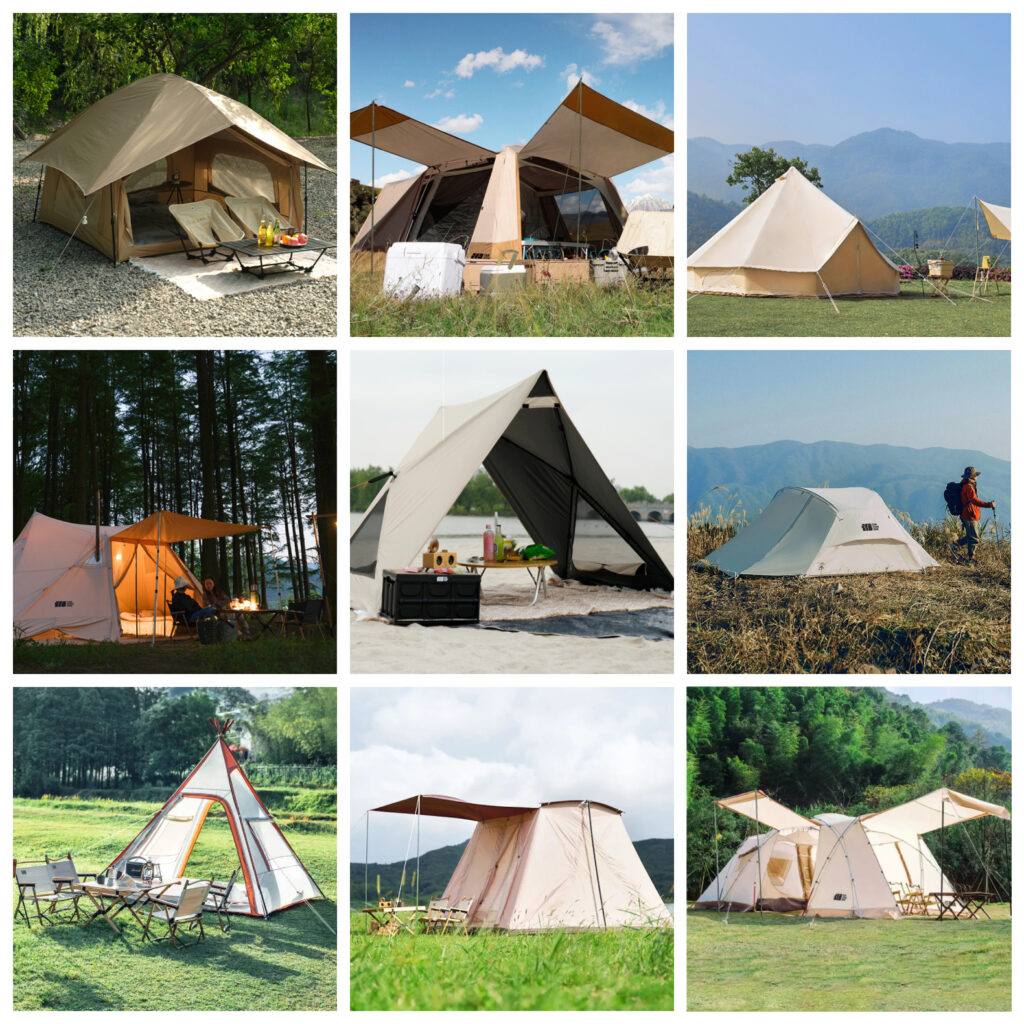
3.How to understand the protective capacity of the tent ?
PU Waterproof Index
The Polyurethane (PU) Waterproof Index is commonly used to indicate the waterproof performance of materials, often applied as a coating on outdoor gear such as tents, raincoats, backpacks, and more. Here is a detailed explanation of the PU Waterproof Index:
Definition: The PU Waterproof Index typically represents the water resistance of the polyurethane coating, measured in millimeters (mm). For instance, a product with a waterproof index of 2000mm indicates that its polyurethane coating can withstand a water column pressure of 2000mm without allowing water to penetrate into the interior.
Testing Method: The testing of the PU Waterproof Index usually involves applying water to the material under a specific pressure, and then observing how long it takes for the material to begin allowing water to pass through. The result of the test is the waterproof index, indicating the water column pressure the material can withstand.
In summary, a PU3000mm rating typically indicates that the material can withstand a water column pressure of 3000mm without leakage, offering relatively high waterproof performance. Such waterproofing capability is suitable for various camping scenarios, like Rainy or Humid Environments, Mountain Camping, Spring and Fall Camping, Coastal Camping, and Cool/Cold Regions.
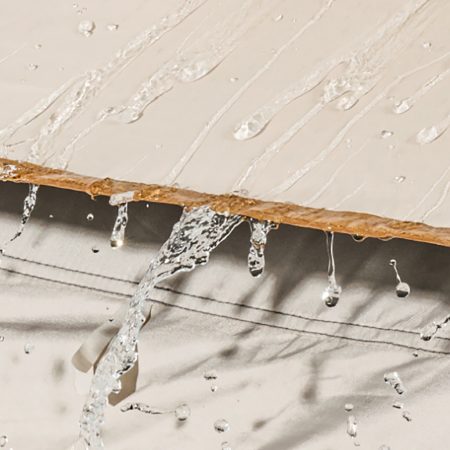
UPF Ultraviolet Protection Factor
UPF stands for Ultraviolet Protection Factor, and it is a measure of the sun protection provided by clothing against both Ultraviolet B (UVB) and Ultraviolet A (UVA) rays. Similar to SPF (Sun Protection Factor) for sunscreens, UPF is used to assess the ability of clothing to block ultraviolet radiation. Here’s a detailed explanation:
Definition: UPF is a rating that measures the effectiveness of textiles, primarily clothing, in protecting against UVB and UVA radiation. A higher UPF indicates better protection against UV rays.
Calculation Method: UPF is calculated based on the material’s ability to transmit, reflect, and absorb ultraviolet radiation. Generally, a higher UPF value indicates a greater ability of the material to prevent UV penetration.
Rating Categories: UPF values are categorized into different levels to represent varying levels of protection. The typical categorization includes:
- UPF 15-24: Low protection
- UPF 25-39: Moderate protection
- UPF 40-50+: High protection
In summary, UPF50+ shows that tent protection against UV rays is very strong, blocking at least 98% of UVB radiation,reducing the risk of UV radiation exposure for individuals under the sun. A UPF50+ tent is typically suitable for outdoor scenarios where high-level ultraviolet (UV) protection is needed,like Beach Activities, Outdoor Events, Outdoor Sports,Outdoor Markets and Exhibitions Family Outdoor Activities.
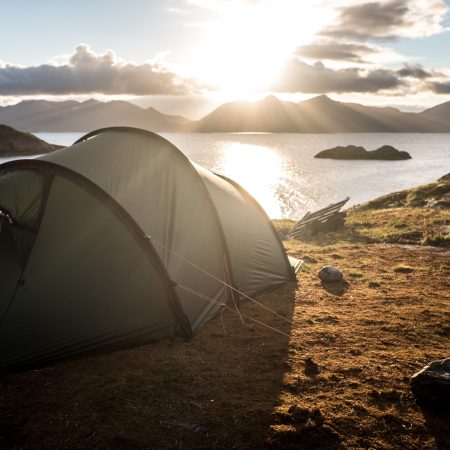
Conclusion and Final Tips
Choosing the best family camping tent for your next adventure can be a fun and rewarding experience. By considering factors such as size, features, material, weight, and durability, you can find a tent that meets your camping needs and preferences. Remember to practice setting up and taking down your tent before your trip and invest in quality accessories to enhance your camping experience. With the right family camping tent, you and your loved ones can create lasting memories and enjoy the great outdoors together.

